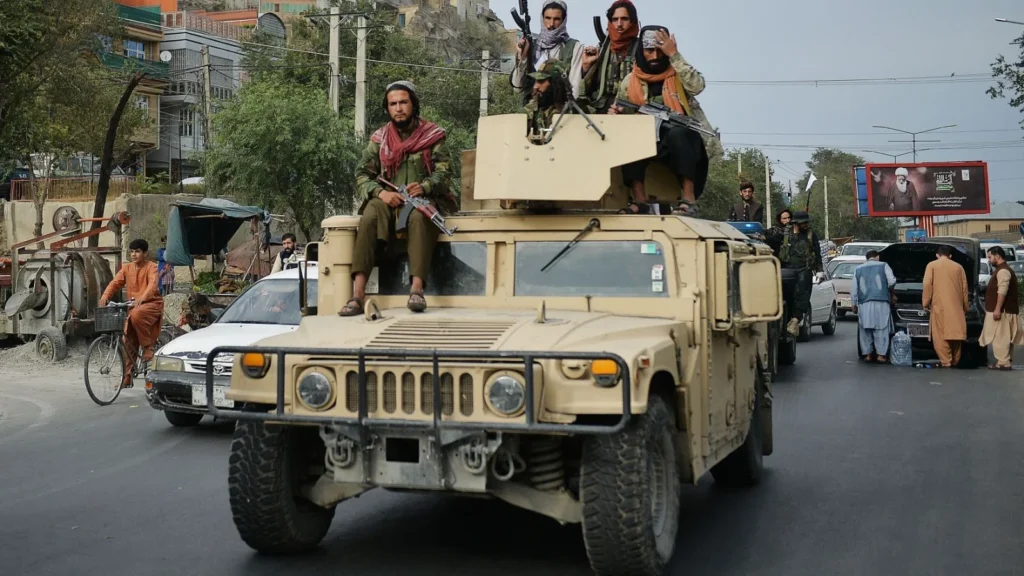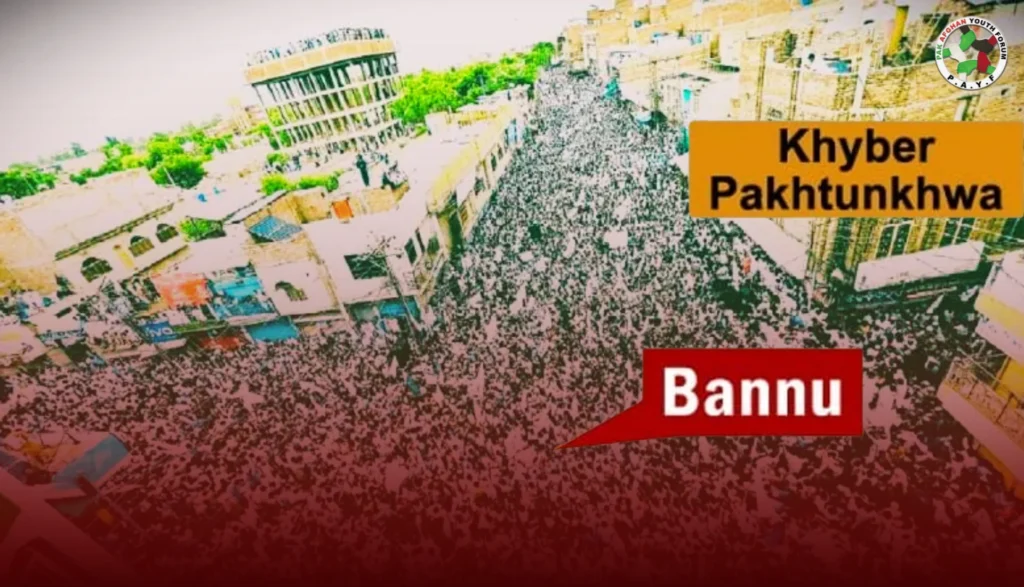In the summer of 2021, as the United States completed its final withdrawal from Afghanistan, the world watched a mixture of anticipation, uncertainty, and disbelief. What was initially a long-anticipated return of American forces after nearly two decades in the country quickly turned into a turbulent and chaotic exit. Among the many consequences of this abrupt departure was the leaving behind of a staggering quantity of military equipment—worth an estimated $7 billion. These weapons, which had been supplied to Afghan forces over the years, now stood abandoned in the hands of those who had long opposed the Afghan Interim government.
At the moment of withdrawal, many of these weapons, vehicles, and aircraft were in pristine condition—intended to help secure Afghanistan’s future, yet now playing a far more destabilizing role. For the United States, this has been a source of sharp critique. President Donald Trump called it “stupid,” reflecting widespread concern over how quickly and recklessly such a large arsenal was left to fate. But beyond the political commentary, what has become clearer since is the grave and enduring consequences of this military exit, not just for Afghanistan, but for the broader region. The abandoned weapons have not simply vanished into the desert; they have become tools of terror, magnifying instability in Afghanistan’s neighboring states, particularly Pakistan, and fueling a volatile black market that stretches far beyond South Asia.
A Power Vacuum, A Surge in Violence
When the US forces departed, they left behind more than just military supplies. The void created by their absence allowed the IEA to seize not only territory but also significant military infrastructure. The fall of key Afghan cities and military posts to the IEA meant that vast quantities of military assets—everything from Humvees and helicopters to advanced weaponry—fell into their hands. While the immediate beneficiaries of this windfall were the militant groups, such as the Tehrik-i-Taliban Pakistan (TTP), the Islamic State Khorasan Province (ISKP), and the Balochistan Liberation Army (BLA), also found a new opportunity to expand their operations.
For Pakistan, a country already facing its own internal security challenges, the influx of US-made weapons into the hands of militant groups has intensified the already fragile situation. TTP militants, emboldened by access to high-grade arms, have launched a renewed wave of attacks against Pakistani security forces, further destabilizing the volatile border regions. These weapons, once symbols of Afghanistan’s government, have become symbols of defiance and a source of continued violence. The situation in Pakistan illustrates just how quickly abandoned weapons can spiral out of control, turning a power vacuum into a lasting threat that extends far beyond the borders of the country in which they were initially deployed.
The Black Market’s Expansion and Global Risks
Beyond regional instability, another dangerous consequence of the US’s withdrawal is the flourishing of a black market for these abandoned military goods. As weapons intended for Afghan security forces found their way into the hands of non-state actors, criminal organizations, and rogue states, the effects rippled across South Asia and beyond. From insurgent movements in India to growing concerns in Central Asia, the illicit trade in these weapons has created a new security threat, one that is harder to track and contain.
Arms trafficking has surged, with weapons from Afghanistan now spreading to countries that have their own security concerns. This proliferation of arms makes it easier for insurgencies to gain traction and for extremist groups to arm themselves. The challenges created by the illegal flow of weapons are not confined to the South Asian region alone. The wider global security community is left to deal with the long-term consequences, as these weapons may eventually surface in conflict zones far from Afghanistan, further exacerbating international tensions and enabling extremism on a global scale.
Also See: US Equipment in Afghanistan Contributing to Rising Terrorism in Pakistan
Accountability and Diplomacy
The abandonment of military equipment has drawn sharp criticism, both domestically in the United States and internationally. The need for accountability is pressing, and leaders across the world have raised valid concerns. While former President Trump’s comments reflect a broader dissatisfaction with the handling of the US withdrawal, it is important to approach the matter with a sense of diplomatic nuance.
Pakistan, in particular, has been vocal in its concerns, especially in light of recent recoveries of US-made weapons from militants killed in combat with Pakistani security forces. This underscores a troubling reality: weapons originally provided for the Afghan National Defense and Security Forces have now become a destabilizing force in the region. Pakistan has repeatedly called for stronger international cooperation to address the flow of illicit arms from Afghanistan, as the increasing instability caused by these weapons threatens not just its security but the broader security of the region.
However, while the call for the return of US-made weapons might seem justifiable, it remains a largely impractical request. The Afghan Interim Government has shown little willingness to cooperate on this matter. This reality reflects the deeper challenge of engaging with the IEA, whose governance is often defined by its refusal to adhere to international norms or diplomatic requests. Yet, even in this challenging environment, there is an opportunity for the international community to shift its focus. Rather than expecting a return of weapons—something unlikely to happen—the focus should be on ensuring that the IEA’s actions contribute to regional security.
A Strategic Shift
The true measure of accountability should lie not in the retrieval of weapons, but in the IEA’s performance on key issues. How effectively does the Afghan government control its territory? How committed is it to combating terrorism and militancy, both within its borders and beyond? The international community, led by the United States and its partners, must shift its focus toward these more tangible metrics.
In the face of a rapidly evolving security situation, it is clear that the proliferation of weapons into the hands of these groups is not just a challenge for Afghanistan, but for global peace. As the IEA consolidates its control, the world must be vigilant in holding it accountable, not only for its internal governance but for the broader impact it has on regional stability. This means addressing the growing terrorist activities emanating from Afghan soil, encouraging better relations with neighboring countries, and working to contain the rise of new extremist factions that threaten the entire region.
Moving Toward Stability
The US withdrawal from Afghanistan left behind more than just military equipment; it left a legacy of instability, one that is still unfolding today. The abandoned weapons have acted as accelerants to existing conflicts, empowering terrorist organizations and fueling a dangerous black market. Yet, in the face of this challenge, the international community has an opportunity to redefine its approach.
While the expectation of retrieving abandoned weapons from the IEA may be unrealistic, the real focus should be on holding Afghanistan’s new rulers accountable for their actions. The international community must push for greater cooperation, not by demanding the return of weapons, but by ensuring that Afghanistan’s government plays a responsible role in regional and global security.
The road to stability will not be easy, and the challenges are many. However, with concerted diplomatic efforts, a long-term commitment to regional peace, and a focus on actionable results, it is still possible to mitigate the fallout from the US withdrawal and work toward a more secure future for South Asia and the world. The legacy of the US’s departure need not be one of endless instability. With the right approach, it can be the catalyst for a more stable, cooperative region.



